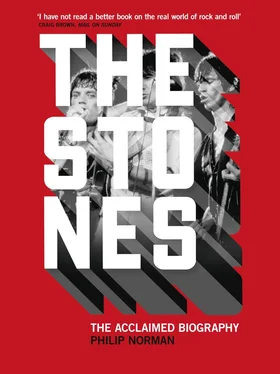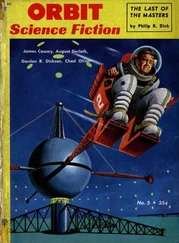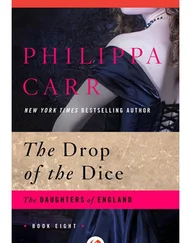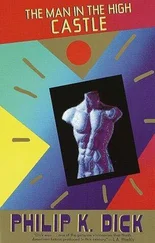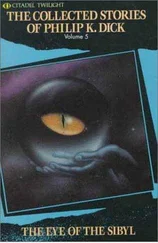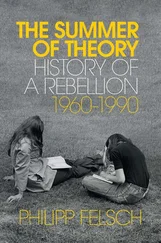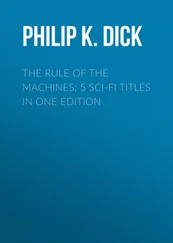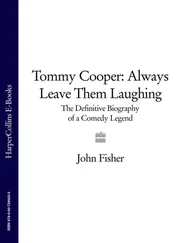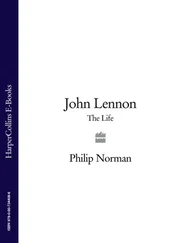The sunglasses through which Andrew Loog Oldham blandly surveyed his disgruntled new associates were a further ploy borrowed from Phil Spector. Through his mind’s movie camera, he saw himself already as an English Spector – an entrepreneur as famous and glamorous as any performer in his care. So Oldham, despite never before having set foot in a record studio, announced to Dick Rowe and Decca that the Rolling Stones’ first single would be under his exclusive direction.
It was a simple matter, anyway, to hire a studio at Olympic Sound, just off Baker Street, at a fee of five pounds per hour. There, on May 10, 1963, Oldham met the six Stones under the slightly bemused eye of the single engineer, Roger Savage, whose services were included in the price.
Oldham had instructed the Stones to choose what they considered the five best numbers in their repertoire. He himself would then decide which would be the A-side and which the B-side of the single. That decision proved more troublesome than he had expected. The Stones’ best stage numbers were Roll Over Beethoven, Dust My Blues, Roadrunner – rhythm and blues standards, now so widely in use among other groups they could have little impact on the commercial record charts.
The final choice for the A-side was Come On, the Chuck Berry song they had already taped at IBC studios. As a number, its chief virtue was its obscurity. Few of Berry’s British fans had heard the original version with its uncharacteristically ill-humoured lyric and odd rumba beat. The B-side – which did not have to be so commercial – was another song already taped at IBC, Willie Dixon’s I Want to Be Loved.
For three hours or so, the Stones worked to polish a version of Come On, which, even at its best, would still betray for all time their sense of uneasy self-compromise. Chuck Berry’s perverse rumba was stripped down to bare guitars and bass, played at the tempo of rapid feet pattering in and out of a wah-wah harmonica riff. Mick Jagger’s vocal similarly purged the lyric of its exasperation at ramshackle cars and crossed telephone lines. Where Chuck Berry sang of ‘some stupid jerk’, Jagger felt it more judicious to say ‘some stupid guy’. Even with a key change, allowing much of the song to be repeated, the finished track lasted barely a minute and three-quarters.
As producer, Andrew Loog Oldham confined himself to watching the studio clock, fretting that another hour had passed and another five pounds had been spent. The final take was finished at just before 6 p.m. Unwilling to spend five pounds more, Oldham said that one would do and began to walk out of the studio. ‘What about mixing?’ the engineer asked in bewilderment. Britain’s putative Phil Spector had not realized that, after a song was taped, its separate vocal and instrumental tracks were then ‘mixed’ for internal balance. ‘You mix it,’ Oldham said airily. ‘I’ll drop in and pick it up in the morning.’
The result, even after mixing, was clearly far below even the very moderate standard of a 1963 pop single. Dick Rowe said so, and the Stones agreed. They were now as keen as Rowe that the single be recorded under experienced supervision in Decca’s own studios. There, at last, both Come On and I Want to Be Loved reached a standard satisfactory to musicians and A & R man. Then it was decided to go with the IBC version after all. The release date was fixed as June 7.
The Stones were now Decca recording artists, part of a galaxy of talent that included Little Richard, Tommy Steele, Duane Eddy and the works of Buddy Holly. For all that, while Eric Easton worked on their future career, present circumstances remained much as before. They continued playing the same few club dates for the same few pounds each – Giorgio’s Crawdaddy, the Marquee, Ken Colyer’s Studio 51. Even that former nest of folk purists was now so packed out each Sunday afternoon that girls could reach the lavatory only by letting themselves be lifted up and passed along over people’s heads.
One Sunday at Studio 51, the crush was so fierce that a girl named Shirley Arnold fainted. She came to in the band’s changing room, under the solicitous gaze of the Stones and their young manager. Shirley was a passionate blues fan, then going out with a member of another r & b group, the Downliner Sect. She got talking to Oldham who, after very few minutes, offered her the job of organizing the Stones’ embryonic fan club. ‘I said I’d give it a go. There and then, Andrew handed me about three hundred postal orders that girls had sent in as subscriptions and said, “Okay, get on with it.”’
Decca, meanwhile, prepared to launch their new acquisition with all the fire and verve of civil servants on a Friday afternoon. Decca’s promotional strategy – in common with everything else – came directly from the chairman’s office. Sir Edward Lewis did not believe in publicity. In his experience, greater profits accrued from artists whose private lives remained obscure. So it had proved in the case of Ted Heath the bandleader, whose very death had gone largely unnoticed by his sizeable American public, thus allowing Decca to go on recording the Heath band as if he were still conducting them.
As Andrew Loog Oldham knew from his months as a publicist, there was only one sure way of pushing a debut single by an unknown group into the national Top Twenty charts. The group must appear on ABC-TV’s hugely popular Saturday night pop show, Thank Your Lucky Stars .
It seemed a great stroke of luck that Brian Matthew, compere of Thank Your Lucky Stars – and of BBC Radio’s equally influential Saturday Club programme – was also one of Eric Easton’s clients. Unfortunately, Matthew had so far reacted adversely to the Stones, criticizing Mick Jagger’s vocal style and their general scruffiness. To get a booking on Thank Your Lucky Stars , the Stones must conform to the pattern for all pop groups that the Beatles had ordained. They must wear matching stage suits, and look neat and clean and amiable.
Whatever outrage the Stones felt at his proposal was subdued by their eagerness to get in front of the TV cameras. They allowed themselves to be presented to Matthew and his producer, Philip Jones, in uniform outfits whose Carnaby cuteness might better have suited a team of chorus boys. The jackets were houndstooth check bumfreezers, high-buttoning, with velvet half-collars. With the jackets went round-collar shirts, slim ties and Cuban-heeled Beatle boots. The ensemble had been financed – and chosen – by Eric Easton, and earned nods of approval from all but those compelled to button and tab themselves into it. The humiliation, though, was more than worthwhile. The Stones were booked to mime their single on Thank Your Lucky Stars on the day of its release, June 7.
The alterations did not stop there. Keith Richards, to his eternal mystification, was told to drop the ‘s’ from his surname to give it a ‘more pop sound’, like Cliff Richard. And Ian Stewart, the Stones’ piano player, chauffeur and provider of luncheon vouchers, was dropped from the stage line-up. Six in one group was too many, Andrew Loog Oldham had decided. And Stew, with his short hair, beefy arms and pugnaciously sensible face, looked ‘too normal’ for what Oldham’s mental movie camera was already starting to run.
‘It wasn’t done very nicely,’ Stewart remembered. ‘I just turned up one day to find the others had stage suits and there was no stage suit for me. None of them even mentioned it to me – apart from Brian. “You’re still a full member of the group, Stew,” he kept telling me. “You’ll still get a sixth share, I promise you.’”
The Stones, however, did not ditch Stew with the amnesiac finality with which the Beatles had ditched their first drummer, Pete Best, in favour of Ringo Starr. Oldham’s request was that Stew should stay on as their roadie, driver and packhorse and occasional back-up pianist. He agreed, though his pride was badly hurt. ‘I thought, “I can’t go back to ICI after this. I might as well stay with them and see the world.”’
Читать дальше
